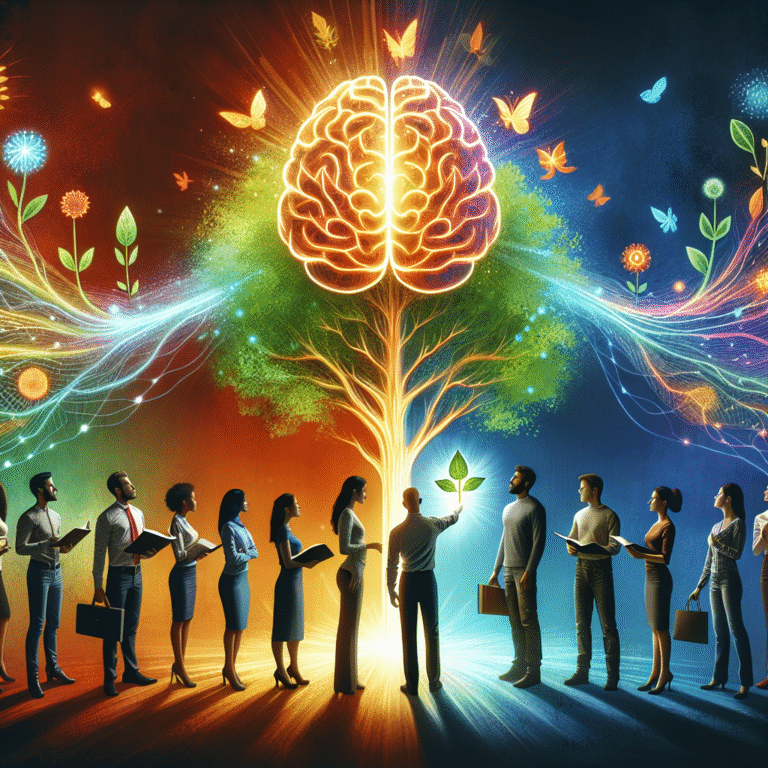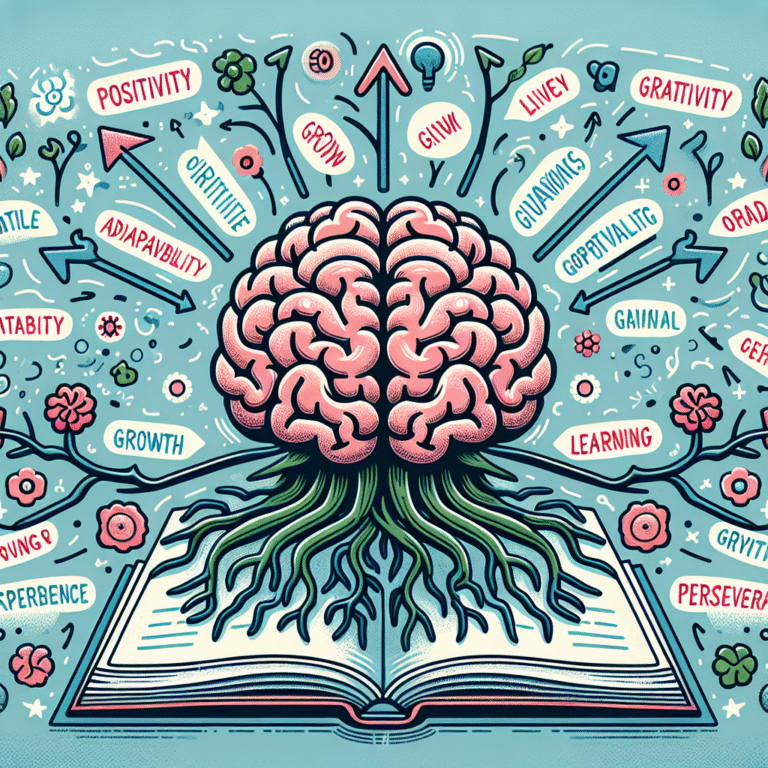
Introduction
In the evolving landscape of education, few issues spark heated debates quite like standardized testing. The question looms large: Are standardized tests a reliable measure of student knowledge, or do they ultimately narrow the minds of our youth? In a world increasingly driven by data, understanding the implications of standardized testing is essential not only for educators but for parents and students alike.
As we dive into this complex topic, we’ll unravel the layers, examine case studies, and explore where standardized testing stands today. This comprehensive guide on "Standardized Testing: Measuring Knowledge or Narrowing Minds?" is designed to provide you with valuable insights and provoke thoughtful discussion.
The Historical Context of Standardized Testing
Standardized testing isn’t a new phenomenon. Its roots can be traced back to the early 20th century, originally devised for evaluating military recruits. Fast forward to today, and these assessments have permeated every level of education, from elementary schools to universities.
A Brief Timeline
| Year | Event |
|---|---|
| 1917 | Intelligence tests introduced for military |
| 1920s | Rise of standardized IQ tests |
| 1960s | Education reform movements lead to the adoption of standardized tests |
| 2001 | No Child Left Behind Act mandates annual testing |
| 2015 | Every Student Succeeds Act shifts accountability back to states |
Understanding this timeline sheds light on how standardized testing evolved as a tool meant to gauge educational performance, but has led to unintended consequences.
The Argument for Standardized Testing: Measuring Knowledge
Supporters of standardized testing argue that these assessments provide an objective measure of students’ academic abilities. Here are some arguments in favor of standardized testing:
1. Objective Measurement
Standardized tests aim to remove biases inherent in subjective assessments. When administered uniformly, these tests offer consistent metrics that can reveal trends in student performance across demographics.
2. Accountability
Educational institutions are held accountable for their teaching efficacy through standardized testing. Schools that consistently score poorly may need to reassess their curriculum or teaching methodologies.
3. Benchmarking Progress
Standardized tests allow educators and policymakers to identify learning gaps within the educational system. For example, if a significant portion of students struggles with mathematics, targeted interventions can be implemented.
Case Study: The SAT
The SAT is a prime example of standardized testing used as a college admissions tool. With over three million students taking the SAT annually, it serves as a benchmark for academic readiness. Schools utilize SAT scores to assess both student capabilities and overall educational quality.
Analysis of the SAT
While the SAT is hailed for its objectivity, critics note that the test often favors students with access to test preparation resources. This raises questions about equity, further complicating the narrative of standardized testing as a fair measurement tool.
The Critique of Standardized Testing: Narrowing Minds
On the flip side, there exists a substantial critique of standardized testing, noting its limitations and potential dangers:
1. Teaching to the Test
One of the most significant drawbacks of standardized testing is the tendency for educators to "teach to the test." This means that teachers may focus solely on test material, neglecting broader learning experiences. Important topics in arts, humanities, and critical thinking may fall by the wayside.
2. Stress and Anxiety
Standardized tests can create immense pressure on students, leading to anxiety and stress. Research shows that high-stakes testing environments can adversely impact student performance, further questioning the validity of these assessments.
3. Cultural Bias
Many standardized tests have been criticized for cultural bias, particularly against students from underrepresented backgrounds. The language and context of test questions may not resonate with all students, skewing results.
Case Study: The Achievement Gap
A well-documented achievement gap exists between students from different socioeconomic status indicators. Studies show that standardized test scores often reflect students’ backgrounds rather than their actual capabilities, with students from impoverished backgrounds scoring significantly lower on average.
Analysis of the Achievement Gap
Standardized testing, while designed to measure academic knowledge, often ends up exposing societal inequalities rather than capturing students’ true learning abilities.
The Role of Technology in Standardized Testing
As technology continues to advance, the landscape of standardized testing is also evolving. Online tests and adaptive learning experiences provide new opportunities for assessment.
Pros of Online Testing
- Immediate Feedback: Students can receive instant results, allowing for timely interventions.
- Data Analytics: Teachers can analyze performance data more comprehensively to tailor instruction.
Cons of Online Testing
- Equity Issues: Not all students may have access to reliable internet, raising concerns about fairness.
- Screen Fatigue: As students spend more time on screens, fatigue may falsely impact performance.
The Future of Standardized Testing
As the education landscape changes, so too must our approach to standardized testing. Alternatives and adjustments are being explored to create a more holistic assessment system.
Alternatives to Standardized Testing
- Portfolio Assessments: These assessments focus on a student’s body of work over time rather than a single test score.
- Performance-Based Assessments: Students may demonstrate their knowledge through projects and presentations, providing a more rounded picture of their capabilities.
Shifts in Policy
Many states are beginning to re-evaluate their reliance on standardized testing. Localized assessments tailored to the community’s needs are gaining traction.
Balancing Accountability with Creativity
In addressing the question "Standardized Testing: Measuring Knowledge or Narrowing Minds?" the challenge remains to balance accountability with creativity. As educators, parents, and students, we must demand a system that values diverse learning styles and recognizes the multifaceted nature of intelligence.
Conclusion
The debate surrounding standardized testing is far from over. It raises complex questions about educational equity, the psychological impacts on students, and the value of holistic learning approaches. As we navigate this landscape, it’s crucial to advocate for systems that truly reflect student knowledge without stifling creativity and critical thinking.
In conclusion, let’s collectively work towards a future where education transcends mere numbers and truly nurtures the minds of our youth. The journey to answer “Standardized Testing: Measuring Knowledge or Narrowing Minds?” is just beginning.
FAQs
1. What is standardized testing?
Answer: Standardized testing refers to assessments administered in a consistent manner, designed to measure students’ academic performance across various subjects.
2. Are standardized tests reliable indicators of student knowledge?
Answer: While they aim to provide an objective measure, critics argue that they fail to capture the full scope of a student’s abilities, especially in diverse and equitable contexts.
3. How do standardized tests affect student stress?
Answer: These tests can create significant pressure, contributing to anxiety and affecting performance, which questions their validity as measures of student knowledge.
4. What are some alternatives to standardized testing?
Answer: Alternatives include portfolio assessments, project-based evaluations, and performance-based assessments that consider the holistic development of students.
5. Why is the debate about standardized testing important?
Answer: The discussion impacts educational policy, the quality of teaching, and ultimately the future of students, making it crucial for educators, parents, and society to stay informed.
As educational approaches evolve, let us embrace a future where assessments are tools for growth and learning, rather than limitations that narrow young minds. Together, we can move towards a more equitable and thoughtful approach to evaluating education.
By focusing on clarity and structure, this article aims to engage readers with a conversational yet professional tone, providing them with both informative content and valuable insights into the critical issues surrounding standardized testing.















